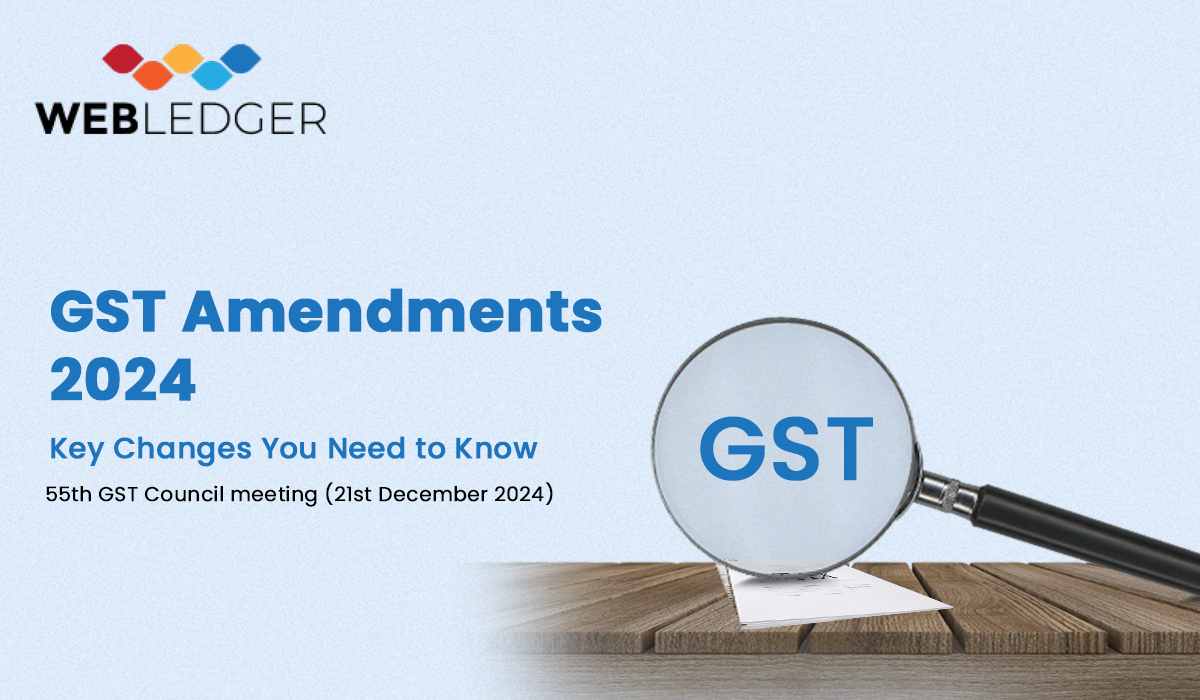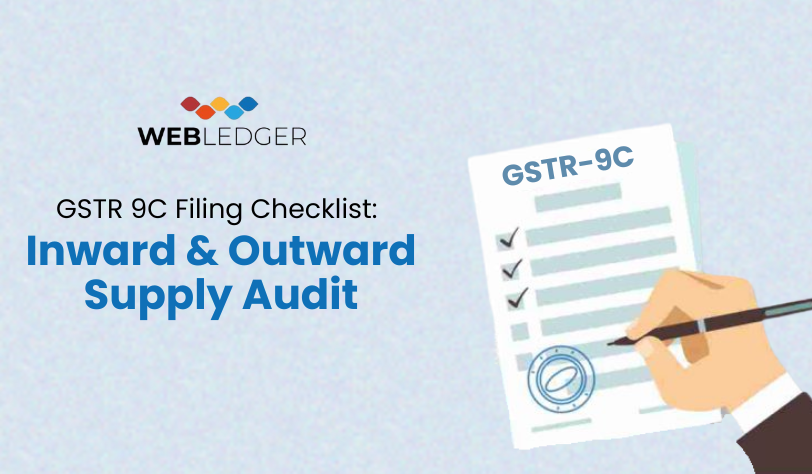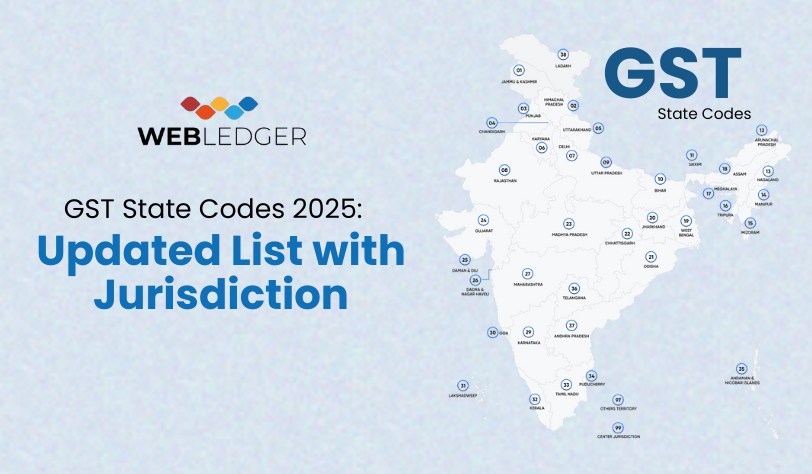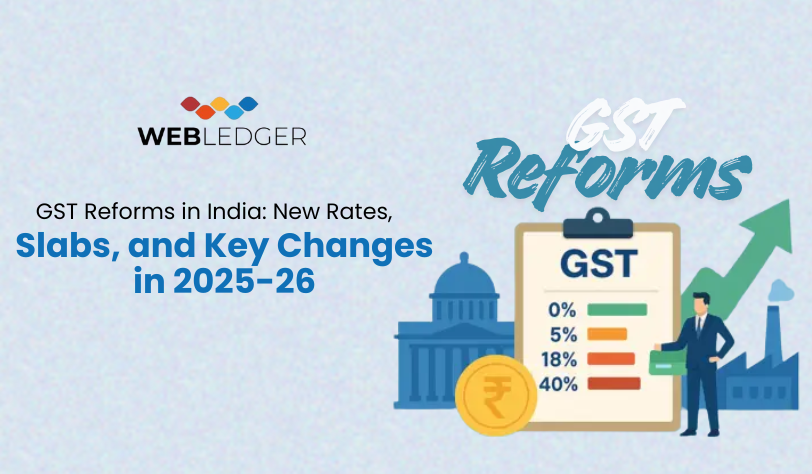The 55th Goods and Services Tax (GST) Council was held on December 21, 2024, in Jaisalmer, Rajasthan, India, led by the Union Minister of Finance and Corporate Affairs. Key attendees included the Union Minister of State for Finance, Chief Ministers from various states, and Deputy Chief Ministers from several others.
The Finance Minister, senior officials from the Ministry of Finance and state administrations were also present. The meeting focused on addressing GST-related issues, reviewing operational challenges, and discussing strategies for improving tax administration and compliance in India.
Key Outcomes from the 55th GST Council Meeting:
The GST Council made several significant decisions during the meeting
- The Group of Ministers (GoM) established to review the compensation cess, rate rationalisation, and health insurance has been granted an extension to present their report.
- An exemption from GST has been provided for payment aggregators handling transactions under Rs. 2,000. It is important to note that this exemption applies only to payment aggregators and does not extend to payment gateways or fintech services that do not involve fund settlements.
- The Finance Minister announced that banks and non-banking financial companies (NBFCs) will not have to charge GST on penal fees imposed on borrowers due to non-compliance with loan agreements.
- There will be no GST levied on dried black pepper and raisins supplied by farmers.
- The Council clarified that caramelised popcorn would be classified similarly to products with added sugar, meaning the GST currently applies at 18%. However, this will differ from the GST on salted popcorn, which is categorised as a namkeen and is subject to a 5% GST.
- Other clarifications include HS 2106 90 99 ready-to-eat popcorn combined with salt and spices when supplied other than pre-packaged and labelled, attracts a 5% GST. However, if it is provided as pre-packaged and labelled, then it attracts a 12% GST.
- The GST Council has deferred discussions on the GST rates related to food and the delivery charges for that food via quick commerce or food delivery applications.
- New electric vehicles (EVs) are subject to a 5% GST. The Council confirmed that no GST would be applicable for used EVs sold between individuals. However, if a business sells a used EV after refurbishing it, an 18% GST will be charged on the profit margin (the purchase price minus the sale price), similar to any other used vehicle.
- GST is set at 18% for the sale of all old and used vehicles, including electric vehicles (EVs), for dealers but not unregistered users.
- The Council has suggested a reduction of the Compensation Cess to 0.1% for supplies to merchant exporters, aligning it with the GST rate for those supplies.
- Imports of all equipment and sample consumables by the Inspection Team of the International Atomic Energy Agency (IAEA) will be exempt from IGST, subject to certain conditions.
- To continue applying the 5% GST rate on food ingredients for food preparations listed under HSN 19 or 21, these must be provided for free to economically weaker groups as part of a government program, following the current rules, said the ministry.
- Under the Forward Charge Mechanism, incorporate the supply of the sponsorship services provided by the body corporates.
- Individuals registered under the composition levy scheme are not liable to pay tax — renting any commercial or immovable property (except for residential homes) by an unregistered person to a registered person under the reverse charge mechanism (RCM).
Amendments to the CGST Act, 2017, and CGST Rules, 2017
This is regarding the functionality of the Invoice Management System (IMS), which the GST Council recommended. These amendments include:
1. Changing section 38 of the CGST Act, 2017, and rule 60 of the CGST Rules, 2017, to create a legal framework for generating FORM GSTR-2B based on taxpayer actions in the Invoice Management System (IMS).
Better Accounting
Please enter the OTP below to proceed.
2. Modifying section 34(2) of the CGST Act 2017 requires the recipient to reverse input tax credit corresponding to a credit note, reducing the supplier’s output tax liability.
3. Introducing a new rule 67B in the CGST Rules, 2017, to outline how the output tax liability of the supplier will be adjusted against any credit note issued.
4. Revising section 39 (1) of the CGST Act, 2017, and rule 61 of the CGST Rules, 2017, to specify that FORM-GSTR-3B for a tax period can only be filed after FORM-GSTR-2B for that same tax period is available on the portal.
Other General amendments include –
1. Regarding the late fee applicable for delays in filing GSTR-9 and GSTR-9C, the Council plans to issue guidance clarifying the late fee under section 47(2) of the CGST Act, 2017 for late submissions of annual returns in FORM GSTR-9 and reconciliation statements in FORM GSTR-9C.
2. The GST Council has recommended issuing a notification under section 128 of the CGST Act, 2017, to waive the late fee incurred for delayed filing of GSTR-9C from 2017-18 to 2022-23. This waiver applies to late fees exceeding the payable amount until the day of filing FORM GSTR-9 for those financial years, provided FORM GSTR-9C is submitted by March 31, 2025.
3. To reduce the pre-deposit requirement for appeals before the Appellate Authority, the Council has suggested amending the proviso to section 107(6) of the CGST Act, 2017 and introducing a new proviso to section 112(8) of CGST Act, 2017, establishing a 10% pre-deposit for filing appeals before the Appellate Tribunal in cases that only involve penalty demands without any tax demand.
Conclusion
The recent changes don’t relate much or ease the present situations for solving issues of the middle-income and lower-income category individuals. Firstly, a significant point includes levying higher GST rate on used vehicles. This could negatively impact lower-income businesses relying on affordable transportation.
On the other hand, GST is exempt for economically backward sections of society on essential food items. This positive change supports public health and reduces inequality by easing the financial burden on economically disadvantaged households. For reference, visit the Press Release issued by the Indian Ministry of Finance for more details.




